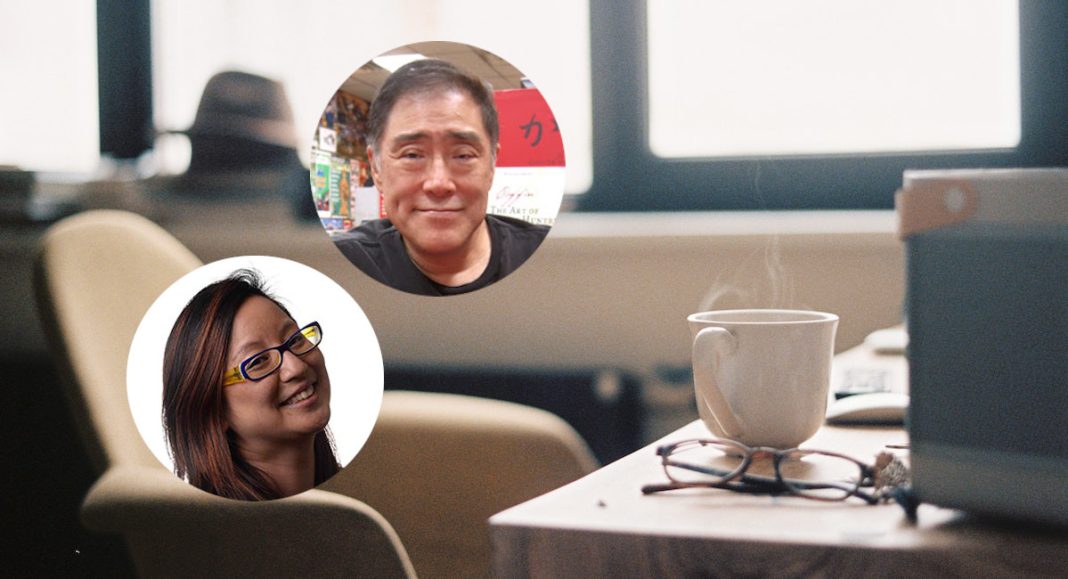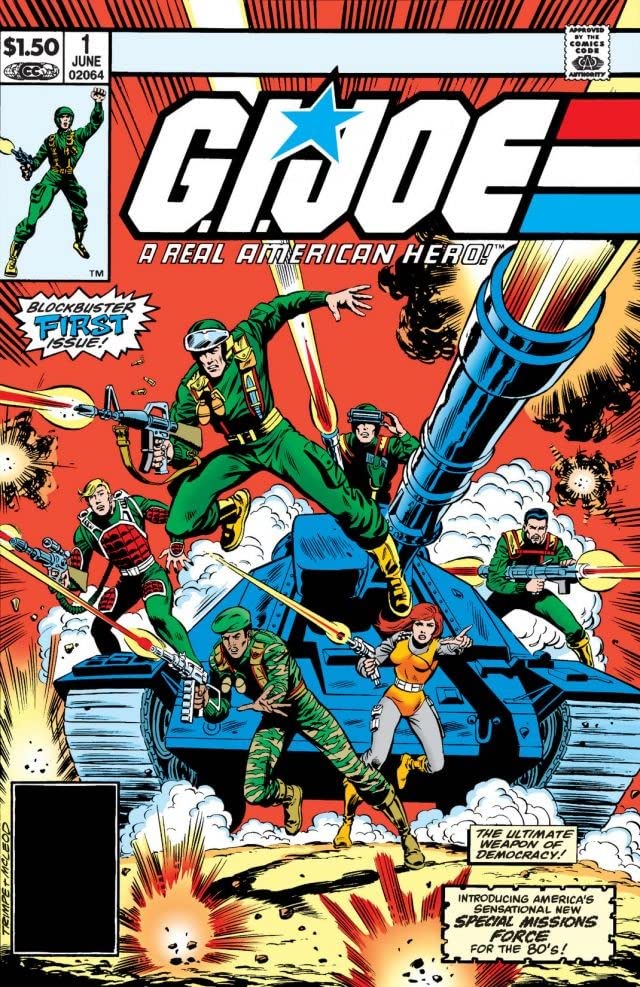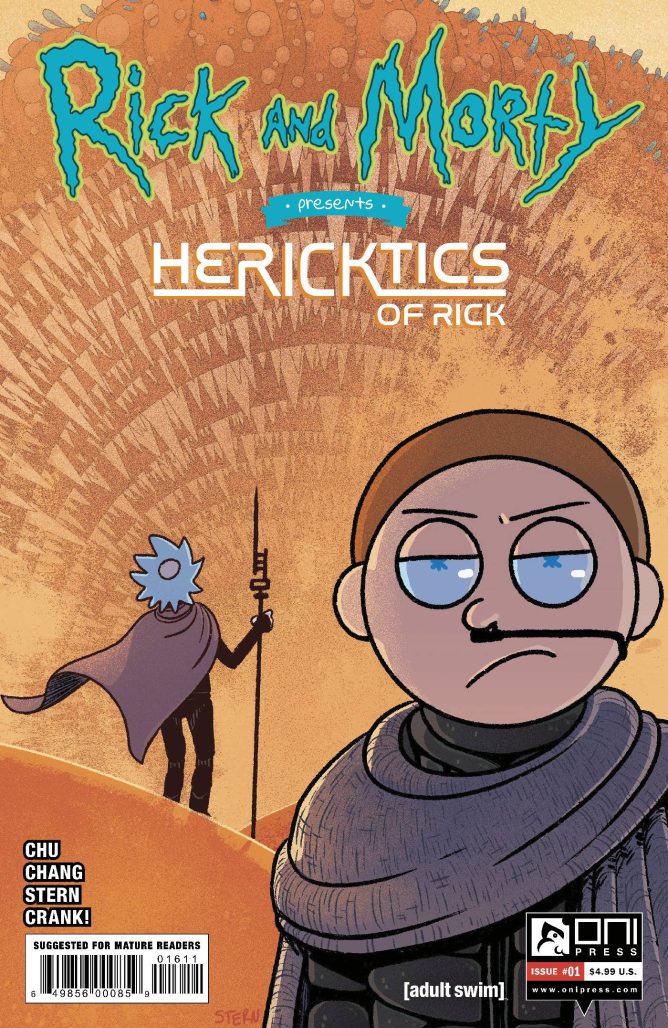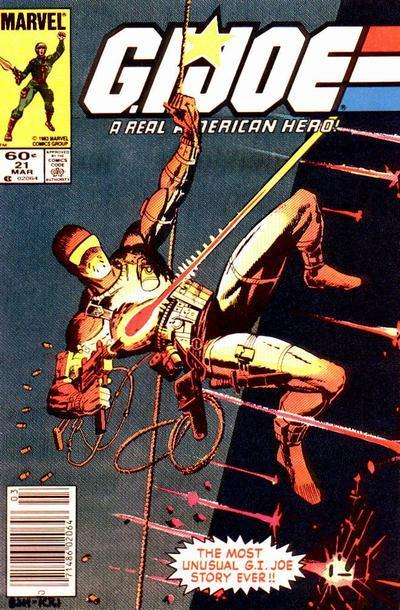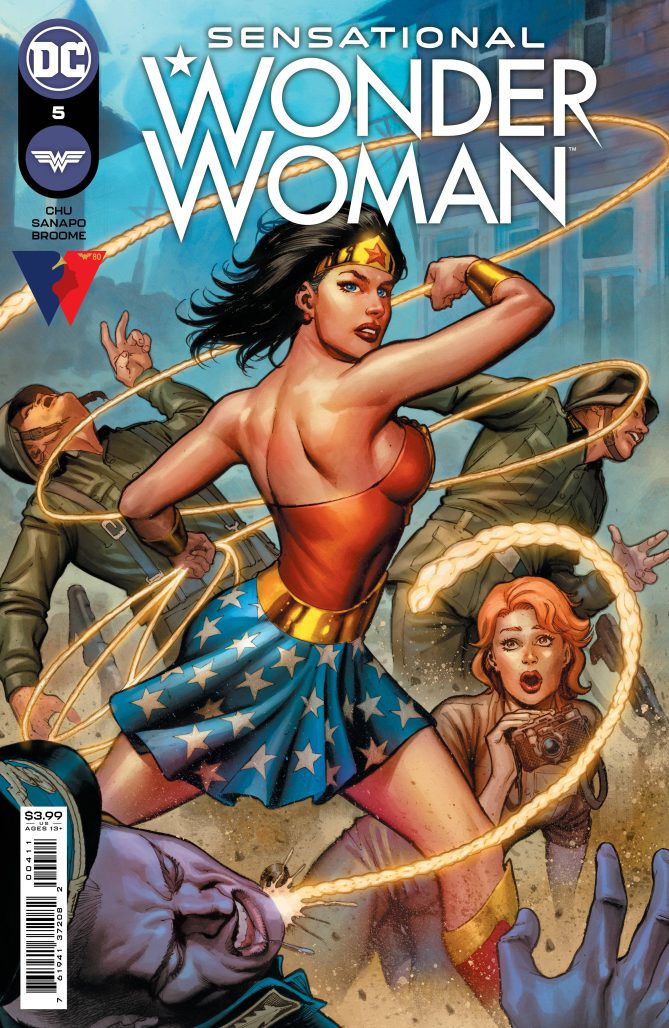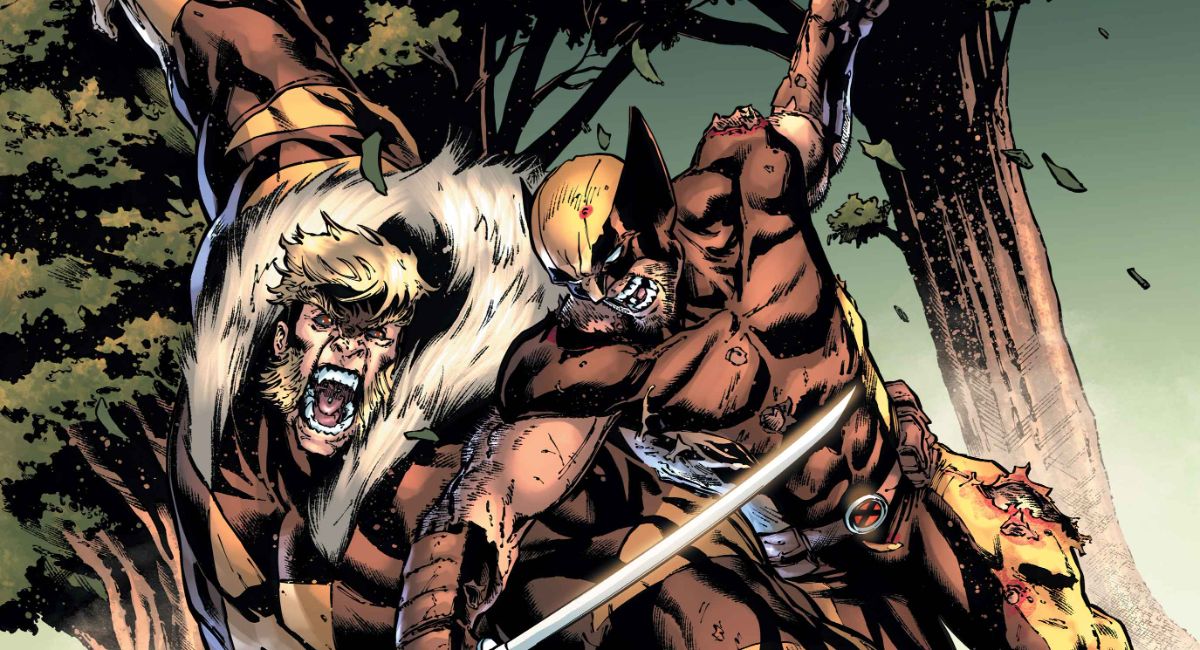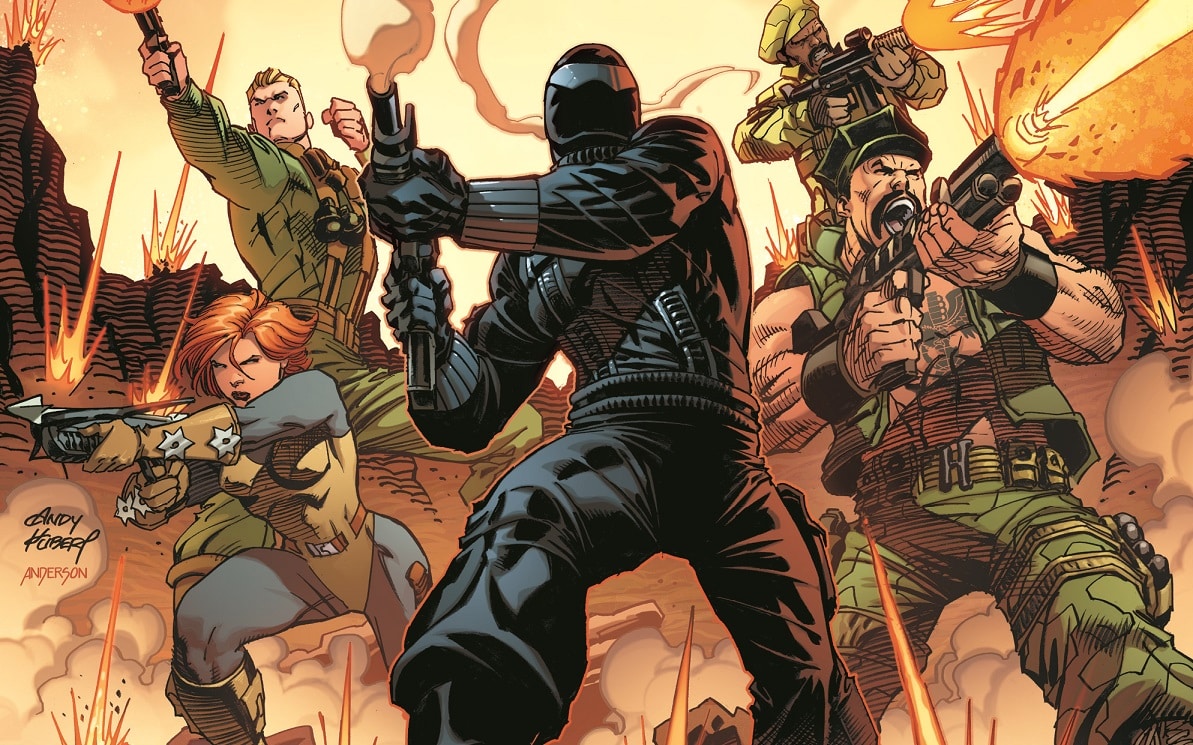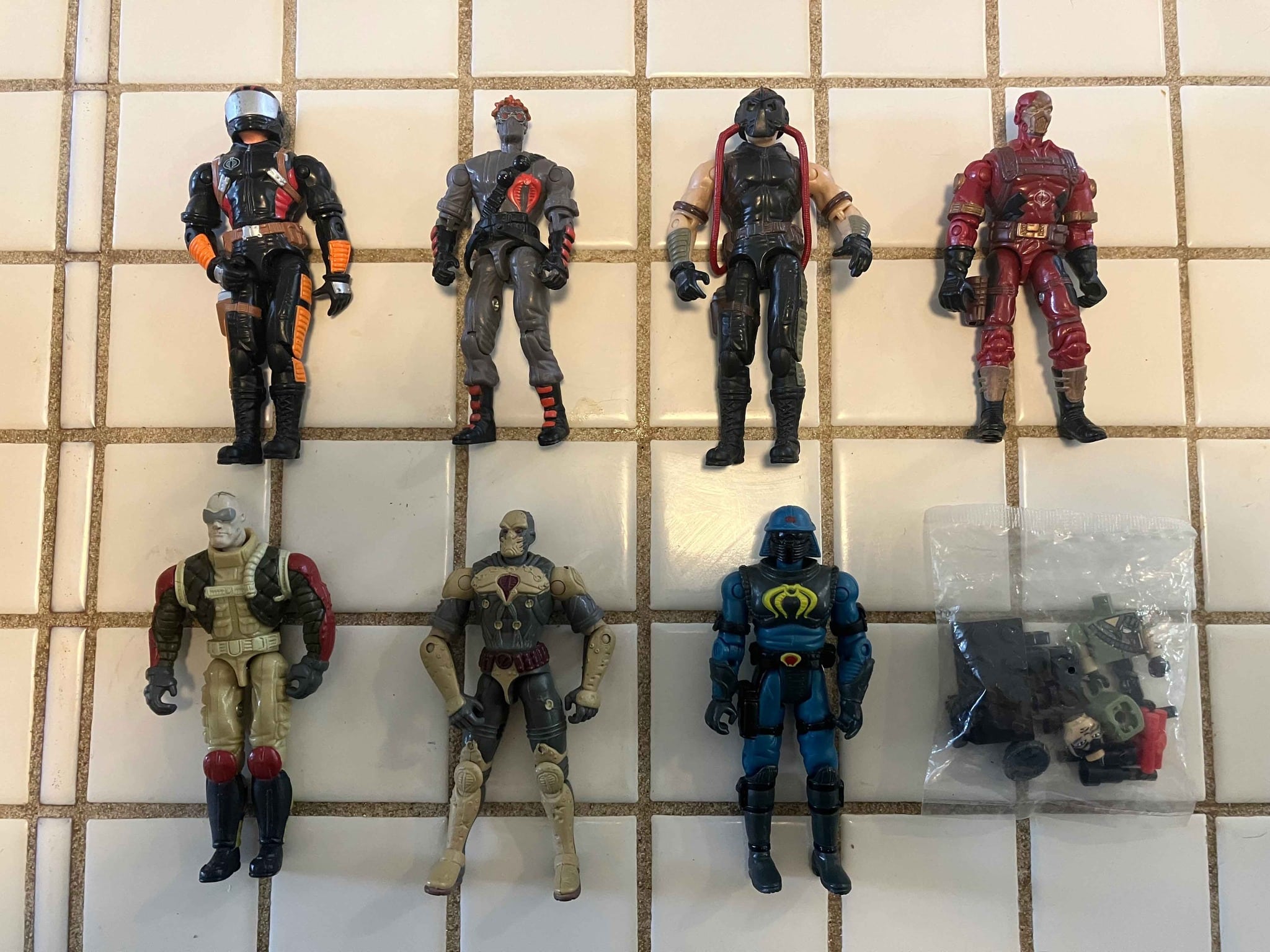By Andrew Warrick
Friday afternoon at C2E2, renowned comics creators Amy Chu (Rick & Morty: The HeRICKtics of Rick, Dejah Thoris: The Gardens of Mars) and Larry Hama (G.I. Joe, X-Men Unlimited) held a masterclass on comics writing, coffees in hand. While sipping her joe, Chu promised to “teach you as much as possible in one hour,” and they delivered.
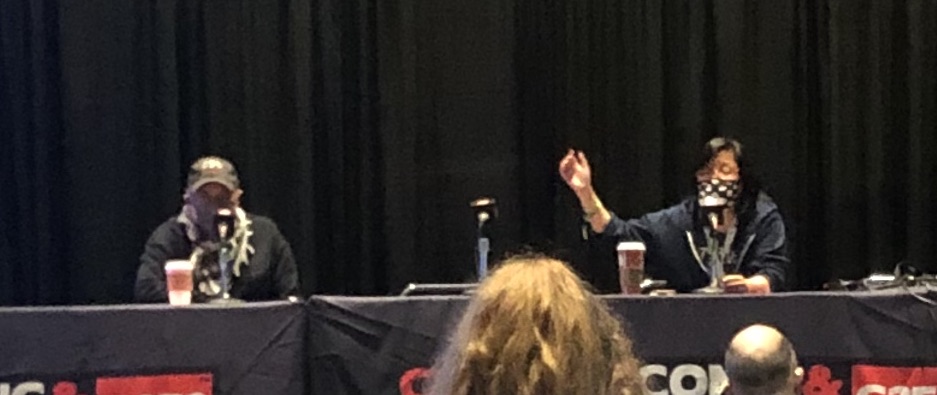
“Ten years ago,” Chu said, “I knew nothing… [but] became obsessed with learning about how to make comics. I started writing… I took classes, I took writing class, I took editing, I took coloring, lettering, everything I needed to do to make my first comic.” According to Chu, this first work, a collection of short stories, jump-started her career.
“I had to draw comics for almost 20 years before anybody would let me write one,” Hama said. “In those days, all the editors were writers, and they did not want artists to be writing their own stuff. Because that was spitting in their own wallet.” Hama was only allowed to write GI Joe, a licensed book, because no established writers wanted it. “If he had been offering Barbie, I would have taken Barbie, because I just wanted to prove that I could write something.” G.I. Joe then became the #1 selling comic book in the country.
G.I. Joe’s success was called a “fluke,” and Hama had difficulty getting writing work again. Eventually, he was given a then-failing comic, about to be cancelled, called Wolverine. Within another year, it was the number two selling book in the country. Hama recalled telling the executives “Look, I’ve got the number one and number two books in the country–– Doesn’t that prove something?” The executives said no. “So this is what you’re up against,” Hama said.
Both creators outlined their processes next.
Hama kicked things off: “I start out with the most kick-ass fight scene I can think of and then expand off of that… I try to make it so that you can tell what’s going on just from the pictures. That way I avoid having five pages of people sitting around in a room, explaining a plot. You know, if people in my stories are explaining, you know, exposition, they’re doing it while they’re punching each other in the face.” Hama swore that he wrote without knowing an ending, to keep his stories from being predictable. He also said emotion was required: if tears aren’t involved, it’s “proof that you’re not plumbing the emotional well.”
“You’re doing it wrong if you’re not crying every time you’re writing… [but] You’ve got to make yourself laugh too,” Chu said. “Everything that you do, you’ve got to inhabit that character and that world. Because it is… shockingly hard to get the reader to turn the page.”
Making Powerpoints as a businesswoman- where she had to get people’s attention with a limited number of bullet points- was key to Chu’s comics success. “I’m up against a bunch of prose writers, who are all lyrical. And by the time they get to the point 20 pages later, they can’t get it into a four page story, which is what your Marvel editor just gave you. Okay? And you’re like, I can’t do that in four pages. Then you don’t have the job. But I can do it in four pages. Give me two pages. I’ll get that story in there.”
“The worst thing you can do is look at other people’s writing,” Hama said. “Go out and talk to real people and do interesting shit.”
Hama recalled sitting on a New York subway train with friend Ed Davis, a Vietnam war veteran, when a group of men harassed him for wearing odd clothes. Hama saw Davis’s hand flick. Something bounced off one of the men’s chests, and spun around on the subway floor. It was a bullet. Davis looked up at them and said “the next one comes at you a lot faster.”
“I wrote that into a Wolverine story,” Hama said (the character John Wraith was based on Davis). Decades later, Hama was watching Justified when Raylan Givens flicked a bullet at another character’s chest, and said “the next one comes at you a lot faster.” Hama called that an example of a writer taking inspiration from fiction instead of real life–– which is the opposite of Hama’s advice. “Of course it means having a lot of dodgy friends… if you don’t have dodgy friends, you don’t have very good stories.
“Yeah,” Chu deadpanned. “So I was with a bunch of accountants.”
Regardless, Chu pressed on, building her skills “to the point where I can tell stories kind of like Larry but without all the cool friends, unfortunately.” Chu compared her writing process to marathon running. She started small and, slowly but surely, put in the mileage.
Hama attended a high school for the arts and was told by his teacher, legendary DC comics artist Bernie Krigstein that, before making one good drawing, he had to sketch “500,000 really sucky ones.” “The magic happens on the day that it stops sucking,” Hama said.
The panel then opened up for questions.
When questioned how he keeps his stories focused without an outline, Hama said he relies on retconning, going back and fixing previous pages once one knows where they lead.
“Don’t make the mistake of thinking you’re in charge of the story,” Chu said–– the characters should be.
Hama named Snake Eyes as a challenging character, particularly his relationship with Storm Shadow, calling it a “very delicate and difficult” counterbalance.
Chu’s recent Rick and Morty Dune parody was a challenge. After being told about the project, she asked herself “which one’s Rick and which one’s Morty?” While she felt pressured writing for an “important franchise,” Chu is very proud of the final product.
Before writing one word, Hama has to know everything there is to know about a character. Chu needs to figure out what drives the character, which can be difficult. She explained how, writing her first Wonder Woman story, she had trouble with the main character, a terrifying prospect because if “you screw up Wonder Woman, you’re dead.” Her remedy was to write about a fighter pilot who meets Wonder Woman, since she could get inside a mortal’s head more easily.
Another fan questioned how the writers avoid burnout. “I play guitar for five hours,” Hama said. “I don’t play guitar,” Chu said, “but I play Pokémon Go.”
Asked about her favorite type of coffee, Chu named Deathwish, calling them “comics fanatics.”
“It is strong coffee, it will get you through that script.”
The final question was if either writer had topics they would not tackle.
“If it’s a challenge, I’ll write it,” Chu said.
“Even I have my limitations,” Hama said. At a convention in Montreal, a fan asked him to draw Wolverine performing “an obscene act” with Snake Eyes, offering $500 in cash. Hama said no. The fan offered $1,000. He said no again.
“I would’ve done that,” Chu said.
Miss any of our previous C2E2 ’21 coverage? Find it all here!


